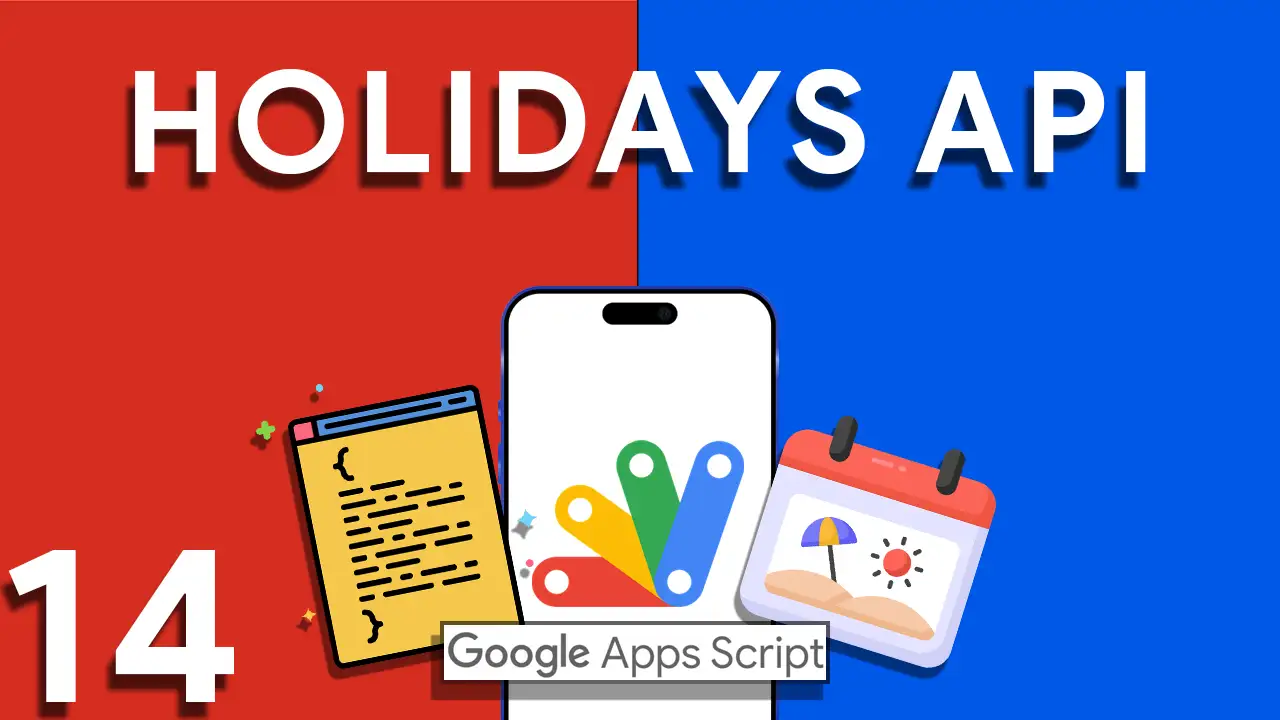Radar charts are an excellent tool for displaying multivariate data in a way that’s both comprehensive and comparative. AppSheet’s integration with Quick Charts offers a straightforward approach to creating these charts, enabling users to present data across various dimensions—such as skills, performance metrics, or any other comparative analysis. This tutorial will walk you through the process of adding a radar chart to your AppSheet application.
Radar charts allow for the comparison of multiple variables, making them ideal for analyzing the strengths and weaknesses of a dataset, comparing different items, or tracking changes over time. In AppSheet, utilizing radar charts can enhance your app’s data visualization capabilities, providing users with clear insights into complex information.
1. Preparing Your Data
Ensure your AppSheet app has a table with the data you want to visualize. For this example, we’ll use a table that includes Writing, Reading, and Presentation scores for each person.
2. Creating a Virtual Column for the Radar Chart URL
- In your AppSheet app, add a new virtual column to your table. This column will generate the URL for the radar chart based on the user’s data.
- Use the following formula to construct the URL dynamically:
"https://quickchart.io/chart/render/zm-0226c161-152d-45eb-8e43-cda7722b7983?title=Persona&labels=Writing,Reading,Presentation&data1="&LIST([WRITING],[READING],[PRESENTATION])This formula constructs a URL for a Quick Chart radar chart, embedding the individual’s scores in the Writing, Reading, and Presentation fields directly into the chart’s data parameters.
3. Displaying the Radar Chart in Your App
- Utilize this virtual column within your app views to display the radar chart image. You can do this by adding an image or gallery view that points to the virtual column.
- When a user accesses their profile or data within the app, the radar chart specific to their scores in Writing, Reading, and Presentation will be dynamically generated and displayed.
-
-
- Data Normalization: Ensure your data is normalized (e.g., on a scale from 1 to 10) to make the radar chart comparison meaningful.
- Clear Labels: Clearly label each axis of the radar chart for easy understanding.
- Color Choices: Use colors wisely to enhance readability and visual appeal.
-
Conclusion
Integrating Quick Charts with AppSheet to create dynamic radar charts offers a visually engaging way to present complex data sets. By following the steps outlined above, you can enhance your AppSheet applications with personalized radar charts, providing users with meaningful insights into their data.







